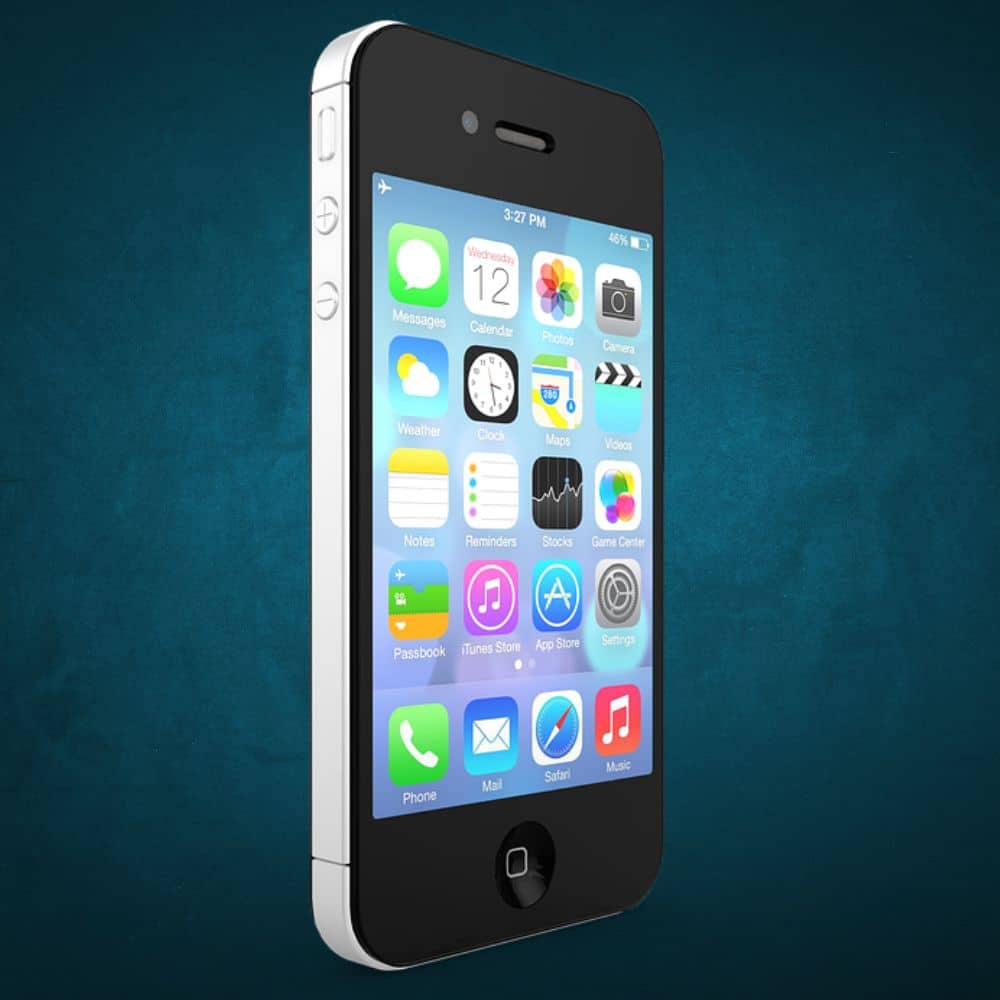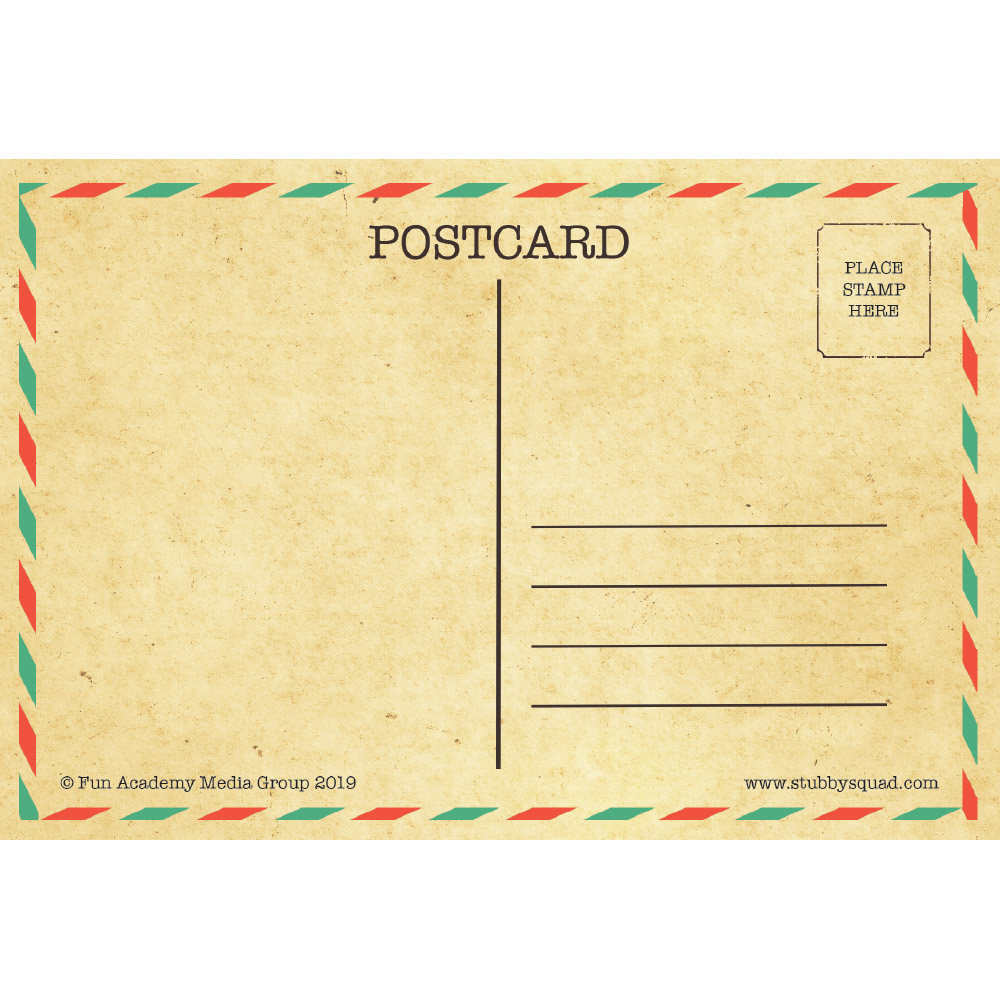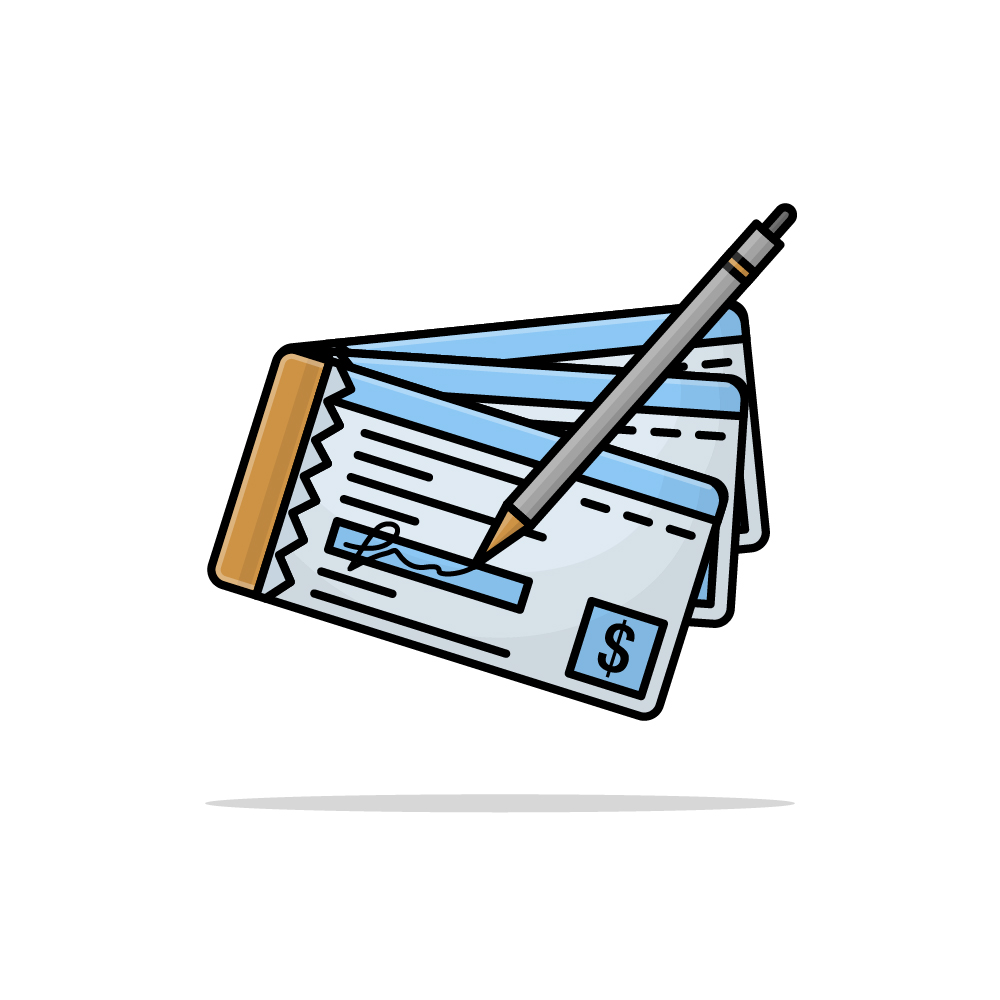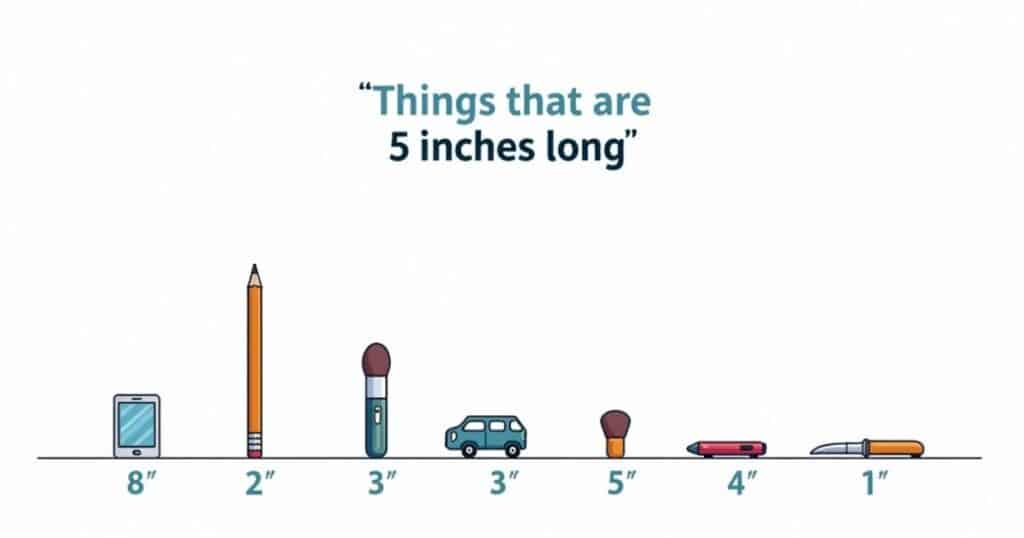Ever found yourself needing to measure something but couldn’t find a ruler? Chances are, you had a perfect measuring tool right in your wallet all along.
The humble dollar bill has served as an impromptu measuring device for generations of Americans, from DIY enthusiasts to travelers who need a quick reference point. But how many of us actually know its exact dimensions, and why does it matter?
How Long is a Dollar Bill?
A standard U.S. dollar bill measures 6.14 inches (156 mm) in length and 2.61 inches (66.3 mm) in width. That’s roughly the length of a smartphone or the width of your palm.
This consistent size makes dollar bills one of the most reliable and accessible measuring tools you’ll find in everyday life they’re literally money you can measure with!
The dollar bill’s dimensions aren’t just arbitrary numbers. They’re the product of careful design considerations, practical limitations, and historical evolution. Let’s dive into what makes this rectangular piece of currency so special and how you can use it as a reference point in your daily life.
The History Behind Dollar Bill Dimensions
The size of American currency wasn’t always standardized. In fact, before 1929, U.S. paper money was about 30% larger than today’s bills, measuring roughly 7.4 inches by 3.1 inches. The Treasury Department shrank them to their current dimensions for several practical reasons.
Why Did They Shrink?
The decision to reduce the size of American currency came down to three key factors:
- Cost Efficiency: Smaller bills meant significant savings in paper and production costs. During the Great Depression era, this mattered tremendously.
- Durability: The more compact size proved more resistant to everyday wear and tear. Bills could withstand being folded and unfolded in wallets much better.
- Banking Convenience: Financial institutions pushed for standardized sizes that would fit easily in cash registers and counting machines.
“The change to smaller bills saved the government over $1 million annually in production costs,” notes numismatic historian David Bowers. “That’s equivalent to about $15 million in today’s dollars not small change!”
The Science of Dollar Bill Design
The dimensions of the dollar bill weren’t chosen randomly. They reflect careful consideration of ergonomics and practical use.
The Golden Ratio Connection
While not exactly matching the golden ratio (approximately 1:1.618), the dollar bill dimensions create a pleasing rectangular shape that’s easy to handle. The actual ratio of a dollar bill is about 1:2.35, which balances aesthetics with practicality.
Material Matters
Modern dollar bills are printed on a specialized paper blend 75% cotton and 25% linen giving them their distinctive feel and durability. This material composition allows bills to withstand about 4,000 double folds before tearing, which is crucial given their dimensions and daily handling.
Dr. Jana Harper, a materials scientist who’s studied currency, explains: “The specific dimensions work perfectly with the cotton-linen blend. A larger bill would be more prone to tearing, while a smaller one would be too difficult to handle.”
Practical Applications: When a Dollar Bill Becomes a Ruler
Now let’s explore how the dollar bill’s dimensions can help you in various situations:
DIY Projects and Home Improvement
When you’re hanging pictures or measuring furniture spacing, a dollar bill can serve as a quick reference:
- Picture hanging: Position nails exactly 6.14 inches apart using the bill’s length.
- Furniture gaps: If you’re wondering whether a bookshelf will fit in a tight space, use multiple dollar bills to measure the available gap.
James Chen, a professional carpenter, admits: “I’ve used dollar bills countless times when my tape measure wasn’t handy. Six inches is a common increment in carpentry, and the bill gets you close enough for many applications.”
Travel Hacks
Travelers can use dollar bills to:
- Measure luggage dimensions: Four bills laid end-to-end equal about 24.5 inches close to many airlines’ carry-on length restrictions.
- Check hotel room measurements: Wondering if that desk is big enough for your laptop? A dollar bill can give you a quick size reference.
Teaching Tool
Elementary school teachers regularly use dollar bills to teach:
- Fractions: Folding a dollar bill demonstrates halves, quarters, and thirds.
- Unit conversion: The bill’s dimensions provide perfect practice for converting between inches and centimeters.
“I’ve used dollar bills to teach measurement concepts for years,” says Maria Sanchez, a 4th-grade teacher. “Kids connect with it immediately because it’s something they’re familiar with, and it makes abstract concepts concrete.”
Common Objects That Match Dollar Bill Dimensions
Smartphones

Modern smartphones typically measure between 5.5 and 6.5 inches in length, making them remarkably close to a dollar bill’s length. The iPhone 13, for instance, measures 5.78 inches tall just slightly shorter than a dollar bill.
This similarity isn’t coincidental. Phone manufacturers extensively test different dimensions to find the sweet spot that fits comfortably in human hands. The dollar bill’s length has long been considered an ergonomically sound measurement.
Interesting Fact: When Steve Jobs was designing the original iPhone, he reportedly insisted on testing numerous size prototypes, including one matching exactly the dimensions of a dollar bill, before settling on the final design.
Postcards

Standard postcards measure 6 inches by 4 inches incredibly close to a dollar bill’s length. This size has remained consistent for over a century because it strikes the perfect balance: large enough to showcase an image and write a message, yet small enough to mail affordably.
The postcard’s dimensions were standardized in 1898 by the Universal Postal Union, making them one of the earliest globally standardized paper products predating even the standardization of U.S. currency sizes.
Interesting Fact: During World War I, postcards became smaller in Europe due to paper shortages, but American postcards maintained their dimensions, which were already very close to our modern dollar bill length.
See Also: Index Card Dimensions: A Complete Guide
Checkbooks

Traditional checkbooks measure approximately 6 inches long, making them almost identical to dollar bill length. This isn’t coincidental both were designed to fit comfortably in shirt pockets and wallets.
Bank checks themselves are slightly shorter than dollar bills (typically about 6 inches wide and 2.75 inches tall), though they’re designed to fit into envelopes that complement dollar bill dimensions.
Interesting Fact: The first personalized checks in America date back to the 1760s and were much larger than today’s versions often closer to the size of modern legal documents. They gradually shrank to their current dimensions to improve banking efficiency.
Envelopes
The standard #10 business envelope measures 9.5 inches by 4.125 inches designed specifically to hold dollar-bill-sized documents folded into thirds. This envelope size has been the business standard for decades.
The relationship between dollar bills and envelope sizes demonstrates how one standardized measurement can influence an entire ecosystem of related products.
Interesting Fact: The USPS considers any envelope smaller than 3.5 x 5 inches “unmailable” making the dollar bill’s width the absolute minimum for a mailable envelope when folded.
Children’s Books

Many early reader and picture books measure approximately 6 by 9 inches, with the 6-inch dimension closely matching a dollar bill’s length. This size has proven optimal for young readers, providing enough space for illustrations while remaining manageable for small hands.
Educational psychologists have found that this approximate size helps children focus on content without being overwhelmed by the physical object.
Interesting Fact: Studies show that children retain information better from physical books of this approximate size compared to digital formats, with the tactile experience of pages matching dollar bill dimensions creating stronger memory associations.
Compact Discs

While becoming less common, the standard CD jewel case measures 5.59 inches square just a hair shorter than a dollar bill. The case was designed to be substantial enough to protect the disc while remaining compact enough for storage.
The CD’s dimensions influenced an entire generation of product designs, from car stereos to storage units, all built around measurements very close to the dollar bill’s length.
Interesting Fact: The original compact disc was designed to hold exactly 74 minutes of music supposedly because the Sony executive in charge insisted it should be able to contain Beethoven’s Ninth Symphony in its entirety.
How to Use Dollar Bills as Measuring Tools
The Dollar Bill Method
Need to measure something quickly? Here’s how to use dollar bills effectively:
- For approximate 6-inch measurements: Simply use the full length of a single bill.
- For longer measurements: Place multiple bills end-to-end. Four bills equal about 24.5 inches.
- For shorter measurements: Fold a bill in half for roughly 3 inches, or in thirds for about 2 inches.
Practical Measuring Tips Without a Ruler
Beyond dollar bills, there are several other common items you can use for measurement:
- Credit card: Standard credit cards measure 3.37 inches in length just over half a dollar bill.
- Quarter coin: The diameter of a quarter is almost exactly 1 inch.
- Paper clip: A standard paper clip stretches to about 1.5 inches when straightened.
Jane Rodriguez, an interior designer, shares: “I teach clients to use dollar bills for quick measurements. When deciding on frame placement or furniture arrangement, having this reference point literally in your wallet is invaluable.”
See Also: Things That Are 5 Inches Long – Everyday Objects And Size References
Dollar Bill Dimensions in Education and Learning
The consistent size of currency makes it an excellent teaching tool. Many educators use dollar bills to explain:
Mathematical Concepts
- Perimeter and area: Calculate the perimeter (about 17.5 inches) and area (about 16 square inches) of a dollar bill.
- Ratios and proportions: The width-to-length ratio demonstrates these principles tangibly.
Scientific Applications
- Standardized measurements: Scientists often use everyday objects of known dimensions as quick references in fieldwork.
- Scale understanding: Dollar bills help visualize scale when examining specimens or models.
Global Currency Size Comparisons
American currency maintains consistent dimensions across all denominations, but this isn’t true worldwide:
- Euro notes: Each denomination has a different size, with larger values being physically larger.
- Japanese yen: Notes increase in size with denominations, with the 10,000 yen note measuring significantly larger than the 1,000 yen note.
- Canadian dollars: Like U.S. currency, all denominations share the same dimensions.
This international variation reflects different philosophical approaches to currency design. The European approach emphasizes visual and tactile differentiation, while the American approach prioritizes standardization and efficiency.
The Future of Physical Currency Dimensions
As digital payments become increasingly common, physical currency’s role is evolving. However, the dimensions of dollar bills continue to influence design choices across industries.
Digital Wallet Design
Many smartphone payment apps feature digital wallet interfaces that mimic the dimensions and appearance of physical currency a phenomenon designers call “skeuomorphism.”
Cultural Impact
The rectangular shape of the dollar bill has become so iconic that it influences how we visualize wealth and value. From emoji designs to company logos, the distinctive proportions of American currency have become shorthand for money itself.
Conclusion
The 6.14-inch length of a dollar bill represents far more than just a physical measurement it’s become a cultural touchstone that influences design, education, and everyday problem-solving.
Next time you’re without a ruler but need to measure something around six inches, remember that the solution might be right in your wallet. From hanging pictures to checking if an item will fit in a specific space, the dollar bill serves as America’s unofficial measuring stick.
Challenge yourself: Look around your home right now. How many objects can you find that match the length of a dollar bill? You might be surprised at how this specific dimension appears again and again in the items we use every day.
Whether you’re completing a DIY project, teaching a child about measurements, or just satisfying your curiosity about everyday objects, the dollar bill’s dimensions offer a convenient, accessible reference point that’s been literally right in your hands all along.
Read more knowledgeable blogs on Measure Take.



